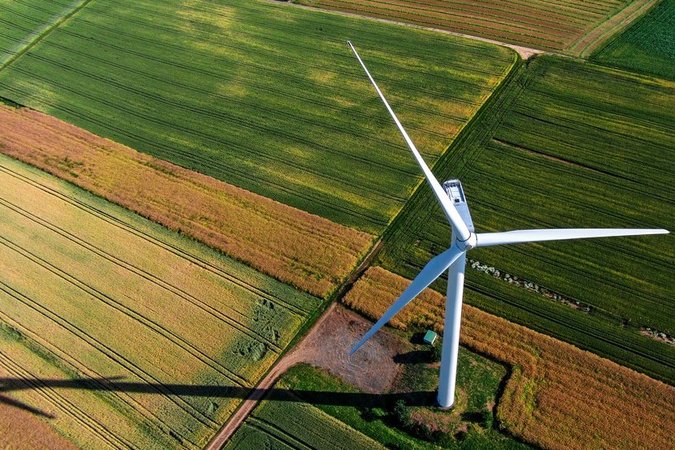How Does State-Level Carbon Pricing in the United States Affect Industrial Competitiveness?
This study models the effects of carbon prices in states in the Regional Greenhouse Gas Initiative on employment and manufacturing in those states and neighboring states that are not in the initiative.
Abstract
Pricing carbon emissions from an individual jurisdiction may harm the competitiveness of local firms, causing the leakage of emissions and economic activity to other regions. Past research concentrates on national carbon prices, but the impacts of subnational carbon prices could be more severe due to the openness of regional economies. We specify a flexible model to capture competition between a plant in a state with electric sector carbon pricing and plants in other states or countries without such pricing. Treating energy prices as a proxy for carbon prices, we estimate model parameters using confidential plant-level Census data, 1982–2011. We simulate the effects on manufacturing output and employment of carbon prices covering the Regional Greenhouse Gas Initiative (RGGI) in the Northeast and Mid-Atlantic regions. A carbon price of $10 per metric ton on electricity output reduces employment in the regulated region by 2.1 percent, and raises employment in nearby states by 0.8 percent, although these estimates do not account for revenue recycling in the RGGI region that could mitigate these employment changes. The effects on output are broadly similar. National employment falls just 0.1 percent, suggesting that domestic plants in other states as opposed to foreign facilities gain the most jobs from state or regional carbon pricing.
Authors

Brendan Casey
American Clean Power Association

Wayne B. Gray
Clark University





